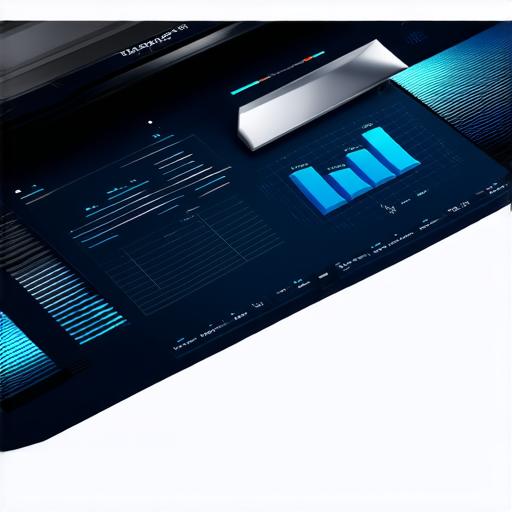Introduction
Augmented reality (AR) is an exciting technology that has the potential to revolutionize the way we interact with digital content. AR allows users to overlay virtual objects onto the real world, creating immersive and interactive experiences.
Data Collection in AR Applications
The first step in utilizing data in AR applications is collecting relevant data. This can be done through a variety of methods, including sensors, cameras, and other devices that capture information about the user’s environment.
For example, a fitness app might use sensors to track a user’s movements as they perform exercises in an augmented reality environment, allowing them to see their progress in real-time.
Another way to collect data in AR applications is through user input. Users can provide feedback and insights into their experiences, which can be used to improve the application over time.
For example, a retail app might allow users to rate products they are viewing in an augmented reality environment, providing valuable feedback that can help retailers make more informed decisions about product placement and marketing strategies.
Data Analysis in AR Applications
Once data has been collected, it must be analyzed to gain insights and provide value to users. This can be done through a variety of techniques, including machine learning algorithms, statistical analysis, and predictive modeling.
For example, an e-commerce app might use machine learning algorithms to analyze user behavior in an augmented reality environment, allowing it to make personalized recommendations based on their preferences and past purchases.

Data Visualization in AR Applications
One of the key benefits of utilizing data in AR applications is the ability to visualize information in a way that is easy for users to understand and interact with. This can be done through a variety of techniques, including charts, graphs, and other visual representations of data.
For example, a healthcare app might use augmented reality to visualize a patient’s medical records, allowing doctors and nurses to access important information quickly and easily.
Case Studies in Data Utilization in AR Applications
There are many examples of companies that have successfully utilized data in their AR applications. One such example is IKEA, which has an augmented reality app that allows users to visualize how furniture would look in their home before making a purchase.
The app uses data from the user’s camera to create a 3D model of the furniture and place it in the room, allowing users to see how it would fit and look in real-time.
Another example is Pokémon GO, which is an augmented reality game that has become incredibly popular around the world. The game uses data from the user’s location to determine where virtual creatures can be found, creating a sense of adventure and exploration as users search for rare and valuable items.
Benefits of Utilizing Data in AR Applications
There are many benefits to utilizing data in AR applications. These include:
- Improved User Experience: By providing relevant and personalized information, AR applications can create a more engaging and interactive experience for users.
- Increased Efficiency: AR applications can automate tasks that would otherwise require manual intervention, freeing up time for other activities.
- Enhanced Insights: By analyzing data from AR applications, businesses can gain valuable insights into user behavior and preferences, allowing them to make more informed decisions.
- Increased Engagement: AR applications can create a sense of excitement and adventure, encouraging users to engage with the application for longer periods of time.
- Cost Savings: By automating tasks and improving efficiency, AR applications can help businesses save money and reduce costs.
